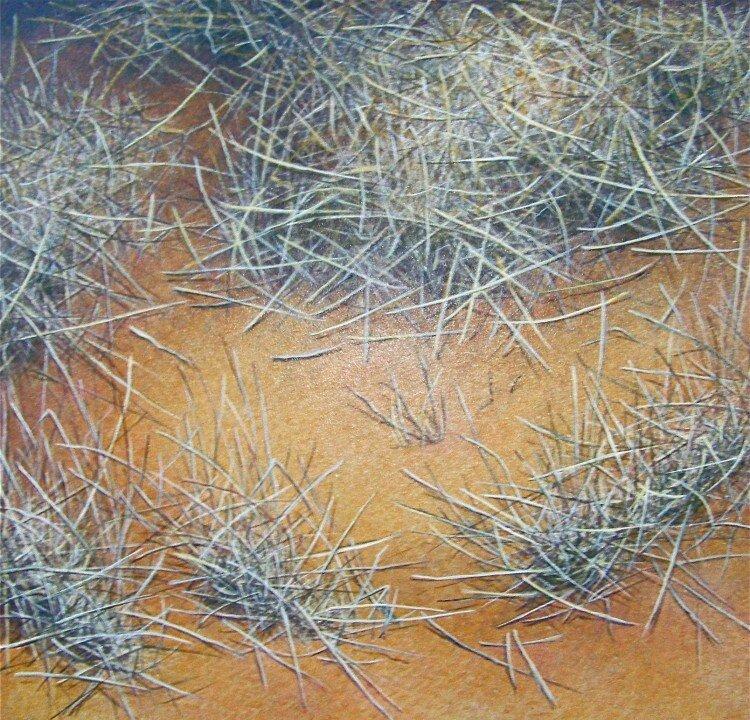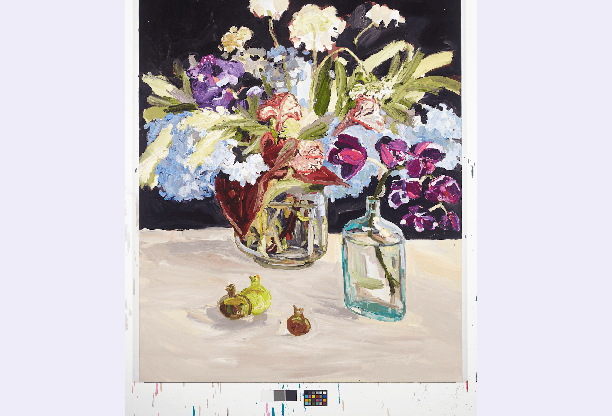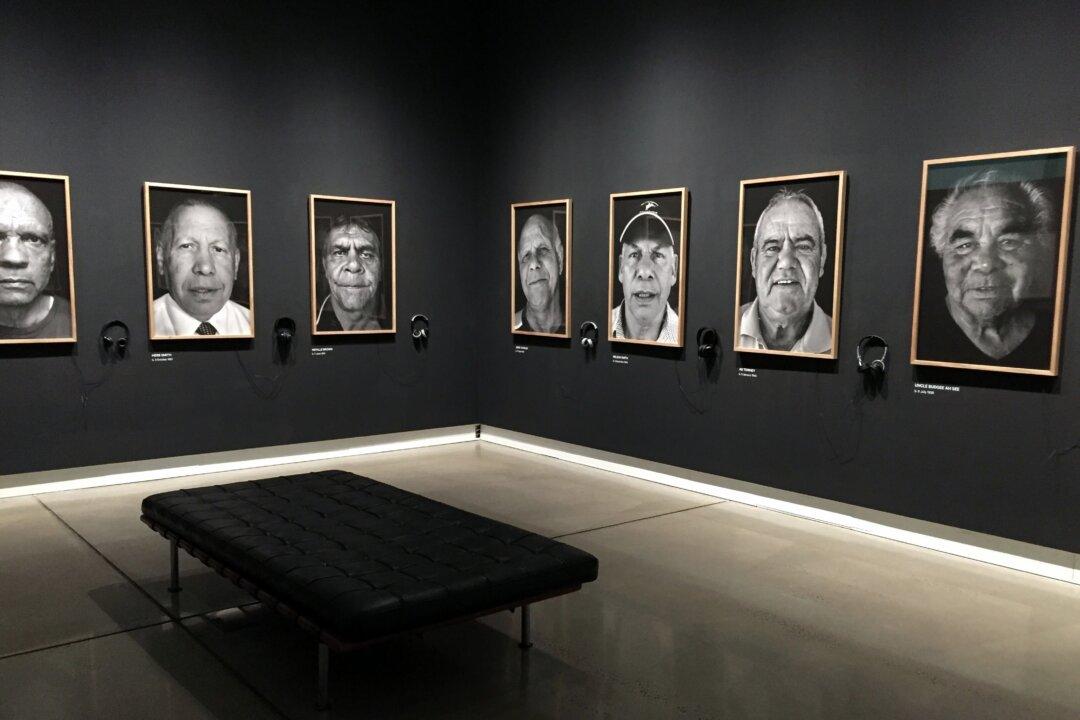Australian Israeli-born artist Hanna Kay has again chosen Sydney’s Wilson Street Gallery to exhibit her beautiful and thought-provoking artwork in an exhibition titled Circularity.
A realist painter with a unique vision, Kay has exhibited in major art capitals of Europe and the United States, but over the last two decades has made Australia home, with exhibitions around the country.
Her last exhibition in Sydney, titled Waterways, took place in 2009, also at the Wilson Street Gallery.
Living in the upper regions of the beautiful Hunter Valley, Kay draws inspiration from her immediate natural surroundings. Using natural objects of twigs, clusters of grass, puddles, and branches, many of her artworks focus on the effects and changes on objects caused by the passage of time.
Kay said that her recent project Circularity was inspired by a trip to the desert surrounding Alice Springs.
“In the desert when you stand there and everything is still ... [it] sort of looks ageless, but at the same time, I started noticing that as I’m standing there and in awe of what I’m seeing, change is happening,” Kay said in a video posted on her website about her exhibit Circularity.





